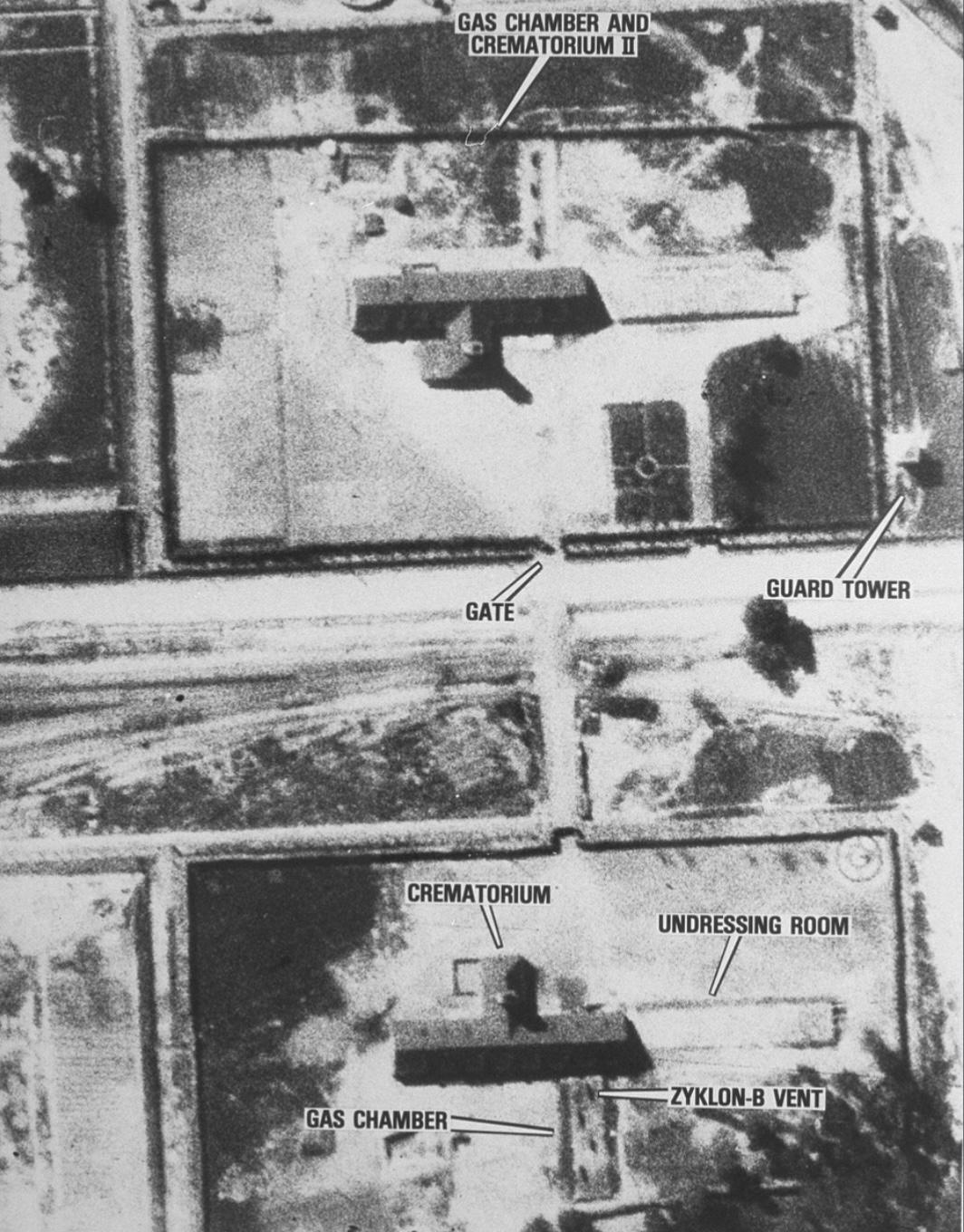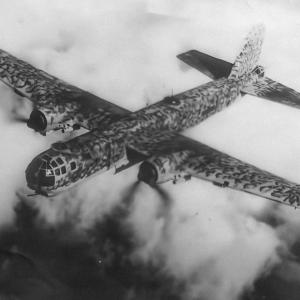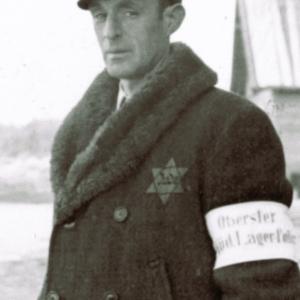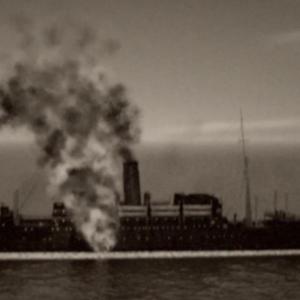
Himmlers orders
In the final months of the Second World War, as the German military situation deteriorated and the advance of Soviet forces toward occupied Poland accelerated, Heinrich Himmler issued an order that the gas chambers and crematoria at Auschwitz-Birkenau be dismantled and that evidence of mass murder be eliminated. This decision did not reflect any moral reconsideration on his part; rather, it stemmed from growing fears that the atrocities carried out at the camp would soon be exposed to the world as the Red Army approached.
By late 1944, Auschwitz-Birkenau had become the largest and deadliest extermination center established by Nazi Germany. Hundreds of thousands of Jewish men, women, and children, along with Roma, Soviet prisoners of war, and other persecuted groups, had been murdered in its gas chambers since their full operational expansion between 1942 and 1943. Himmler, increasingly concerned with the image of the SS and with the possibility of negotiating with the Western Allies, sought to conceal the scale of the crimes. His order aimed to erase physical traces of industrialized murder before the enemy arrived.
Following the command, the SS began destroying key structures in Birkenau. Crematorium II and III were partially dismantled, their gas chambers stripped of fittings, and their cremation ovens damaged or removed. Crematorium IV had already been damaged during the Sonderkommando revolt in October 1944, and the SS now concentrated on reducing it to ruins. Barracks associated with the extermination process were torn down or burned. Documents were destroyed, and human remains in open pits were exhumed and cremated in an attempt to further hide evidence.
Despite these efforts, the attempts at concealment were incomplete. The speed of the Soviet advance, shortages of materials, and the chaotic condition of the camp administration meant that not all traces could be eliminated. When Soviet forces liberated Auschwitz on 27 January 1945, they found surviving structures, vast quantities of victims’ belongings, and prisoners who testified to what had occurred. The ruins of the crematoria and gas chambers remained powerful, undeniable evidence of the genocide carried out there.
Himmler’s order of November 1944 represents a final, desperate attempt by the Nazi leadership to evade accountability. Instead, the partial remains left behind, combined with extensive documentation and survivor testimony, ensured that the scale and nature of the crimes at Auschwitz-Birkenau would be fully revealed to the world.










